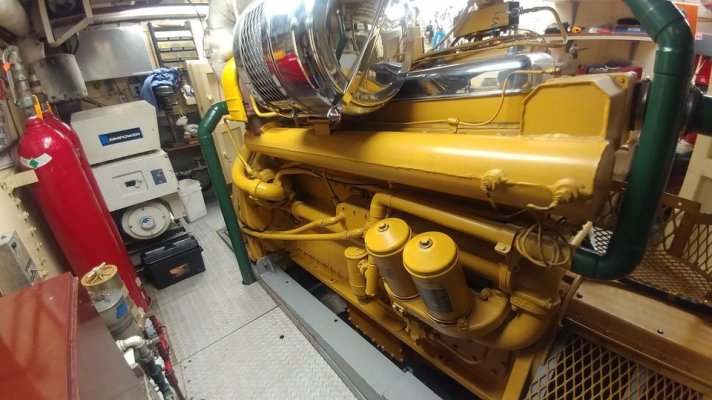Alaskaflyer
Guru
OK, so...the Caterpillar D353. Thoughts?
Not much info on boatdiesel other than a spec sheet. Not much information on what a "b" and other variants might mean unless I missed something.
I see the Malahide for sale in Puget Sound has a 353 with over 13,000 hours (with a top end and turbo rebuild done.) The vessel I am flirting with has reported 8,000 hours.
Yes, I know it is "old" (in boatdiesel parlance ) Superannuated? Venerable? Immemorial?
) Superannuated? Venerable? Immemorial?
How many of these are still out there purring along, alongside their air tanks?
Not much info on boatdiesel other than a spec sheet. Not much information on what a "b" and other variants might mean unless I missed something.
I see the Malahide for sale in Puget Sound has a 353 with over 13,000 hours (with a top end and turbo rebuild done.) The vessel I am flirting with has reported 8,000 hours.
Yes, I know it is "old" (in boatdiesel parlance
How many of these are still out there purring along, alongside their air tanks?


